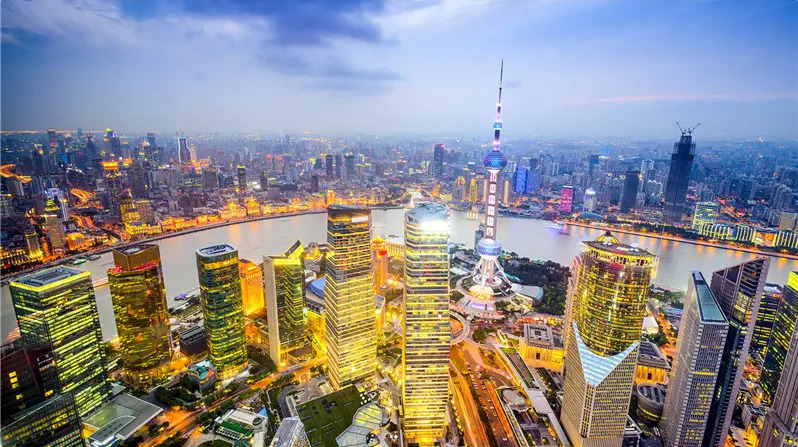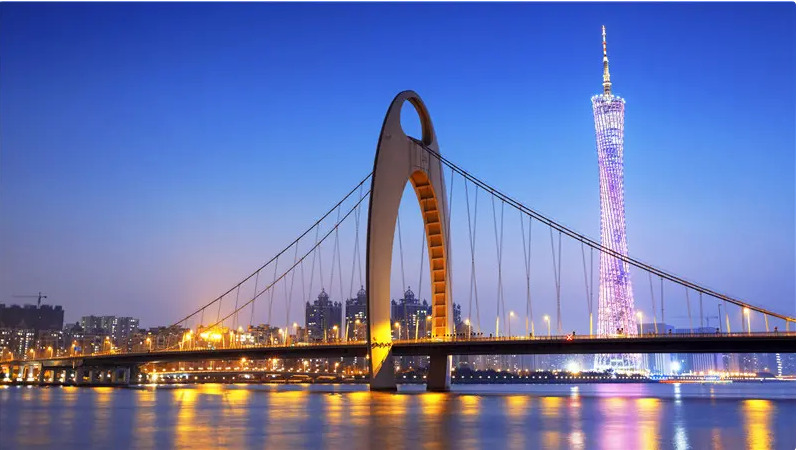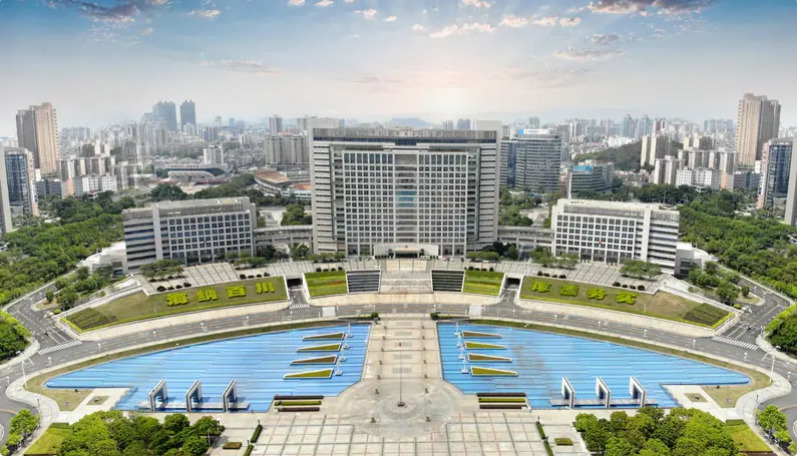
1 Shanghai – 22, 315, 474 people
Area – 15,000 square miles
Shanghai is the most populous and wealthiest city in China. With a name synonymous with world trade, Shanghai has the largest and busiest port in terms of containers and cargo tonnage, a grand business district, two large airports (Pudong and Hongqiao), the world’s fastest train (the Maglev), and a network of elevated highways.
2 Beijing – 11,716,620 people
Area-1,600 square miles
Beijing is large primarily because it is China’s capital. It is actually China’s largest city by area, as Shanghai’s urban population is more concentrated. It is a political, educational, and cultural center, with light industries (science, technology and research) dominating over mass manufacturing. Beijing has the world’s largest airport, and an extensive, mostly new subway system, but ongoing traffic congestion issues. The Forbidden City still features strongly in the core of its 6-ringroad concentric layout.


3 Tianjin – 11,090,314 people
Area – 1,100 square miles
Tianjin is a huge port and manufacturing center on the Bohai Gulf, with a significant history due to its key location on the Grand Canal, linking the Yangtze and the Yellow River. Huge foreign and national investment in manufacturing have made it China’s third largest city.
4 Guangzhou – 11,071,424 people
Area – 1,500 square miles
Guangzhou (Canton) is a mighty manufacturing base, drawing millions from the countryside to work in its factories. Vast quantities of clothing, electronics, plastic goods, and toys are shipped from Guangzhou all over the world. A city that has sprung up recently with China’s economic boom, it t is the richest city in mainland China per capita.


5 Shenzhen – 10,358,381 people
Area -700 square miles
Shenzhen, located in between Guangzhou and Hong Kong. is a huge manufacturing center that has seemingly sprung up overnight. Feeding off the success of its neighbors, it is ranked fourth in China for industrial output, manufacturing higher technology products than Guangzhou in general, and with several of its own successful sunrise companies.
6 Wuhan – 9,785,688 people
Area – 600 square miles
Wuhan is an interesting large city in the center of the heavily-populated half of China. It is now one of China’s main high-tech, education, and financial centers.It has long been a transportation hub, because it is in the middle of the long navigable part of the Yangtze River between Shanghai and Chongqing. The people are unusually friendly compared to those in other cities.


7 Dongguan –8,000,000 people
Area – 600 square miles
Dongguan is a little-known but huge manufacturing city, between Guangzhou and Shenzhen, ranked fourth in China for exports. It has also grown phenomenally in the last couple of decades. It employs huge numbers of rural factory workers, producing electronic items and other hardware, like computer peripherals. It is the poorest of China’s large cities, dominated by low-wage-earning migrant factory workers.
8 Chongqing – 7,457,600 people
Area – 400 square miles
Chongqing is famous for its fog and mountains, and the Yangtze River cruise. Huge infrastructure and industrial investment has made it one of China’s 10 largest cities in the last 5 years. It is mainland China’s most densely populated city.


9 Chengdu – 7,415,590 people
Area – 10.2 million people
Chengdu is an exception among large Chinese cities. The largest city in mostly mountainous or arid West China, it is a concentration of the population of the fertile Sichuan Basin. The pace of life is the most relaxed of China’s large cities. It is the only large city in huge Sichuan Province, so the province’s over 80 million people gravitate there.
10 Nanjing – 7,165,292 people
Area – 600 square miles
Nanjing is the capital of Jiangsu province of the People’s Republic of China and the second largest city in the East China region. Nanjing in Chinese quite literally means ‘Southern Capital’. It has alternated with Beijing as the capital of big empires and modern governments throughout history. It has a prominent place in Chinese history and culture, having served as the capital of various Chinese dynasties, kingdoms and republican governments dating from the 3rd century to 1949.

Editor’s Note:
These population estimates and projections come from https://www.worldometers.info/demographics/china-demographics/. Information on the population of each city varies significantly from source to source, in part due to the geographical areas of each calculation (provinces, cities, counties, etc.). The numbers here similar to the city, rather than the metropolitan area, statistics in the U.S. If the equivalent metropolitan area numbers were presented, several other cities would fill in part of this list.




